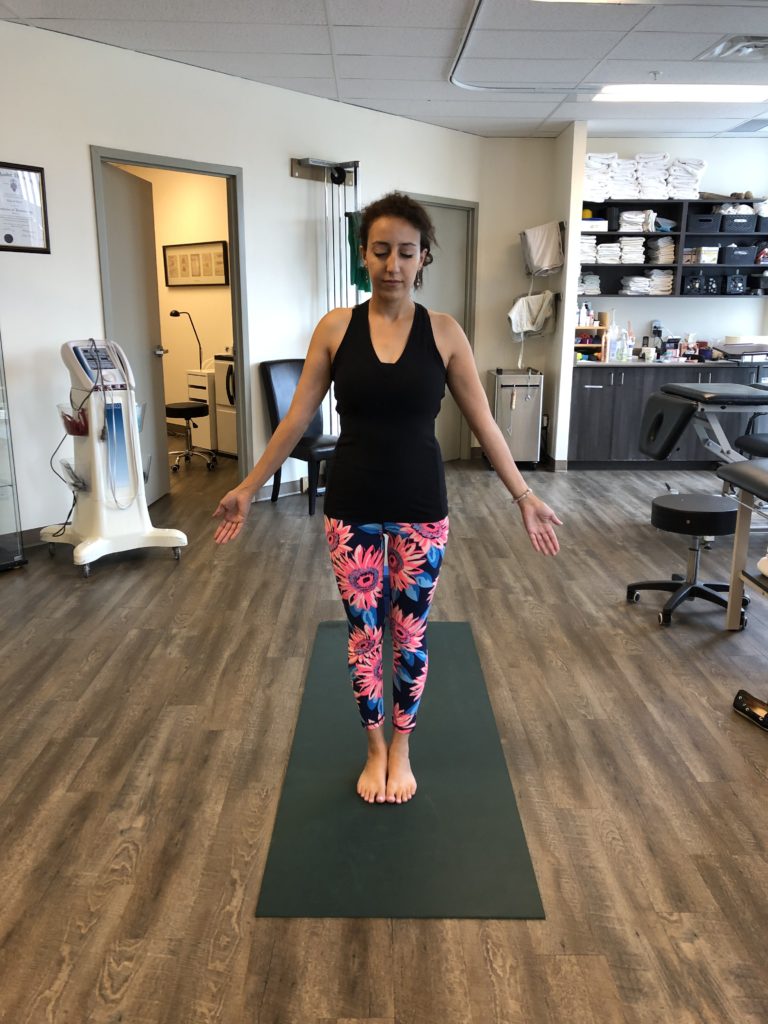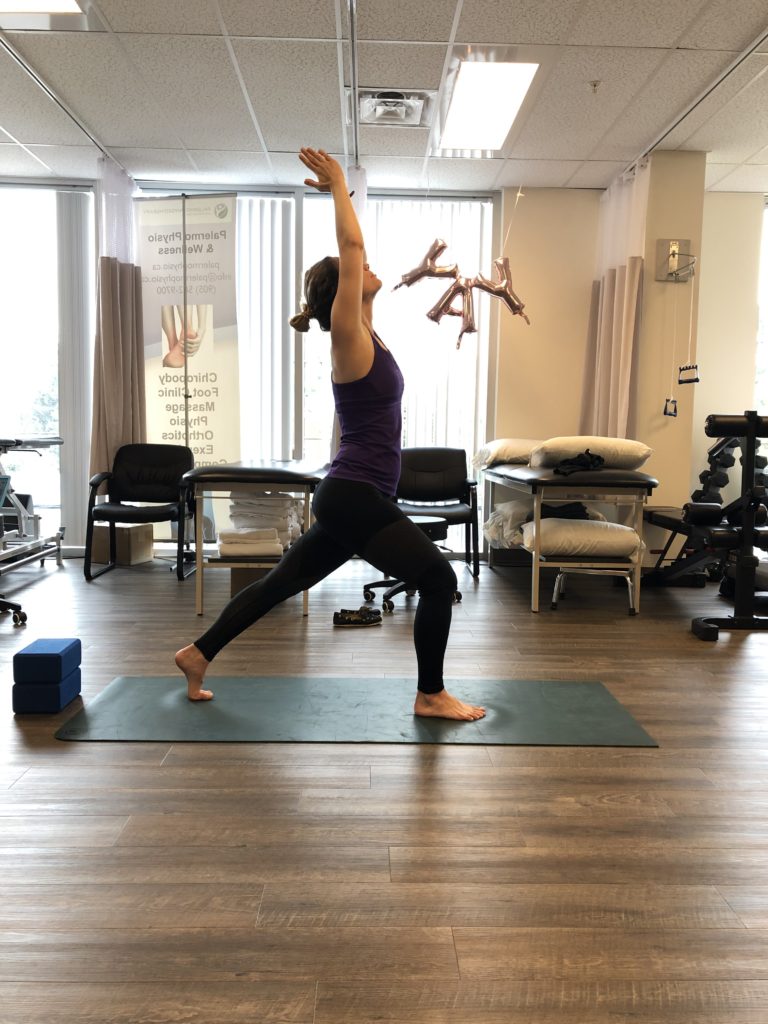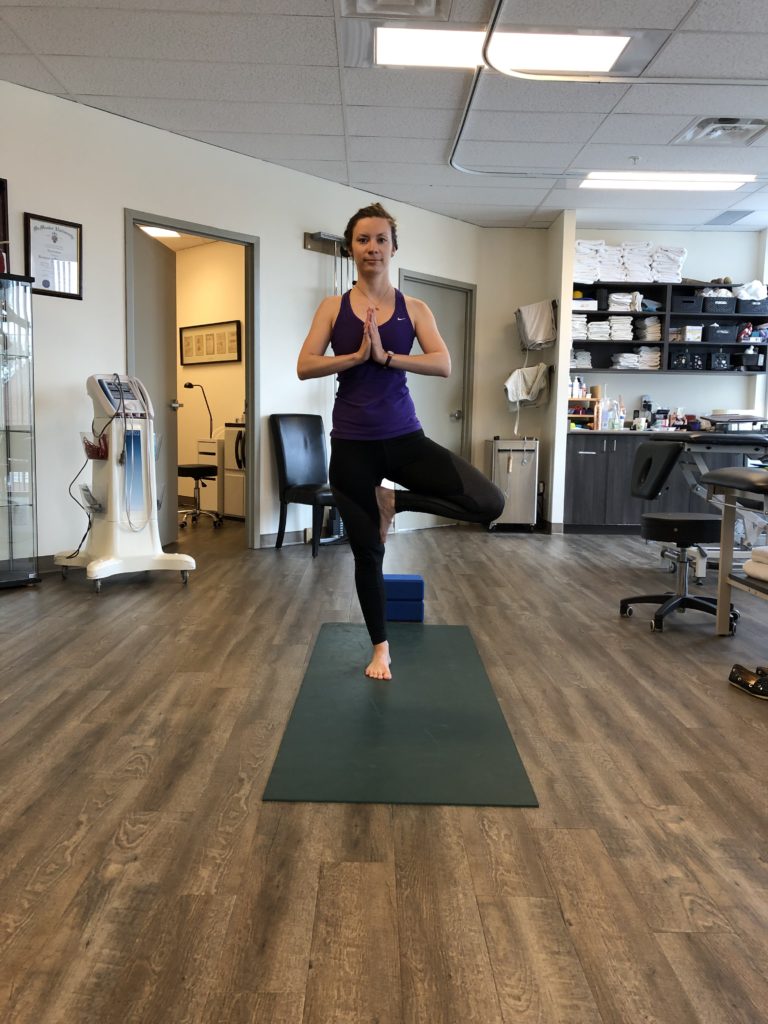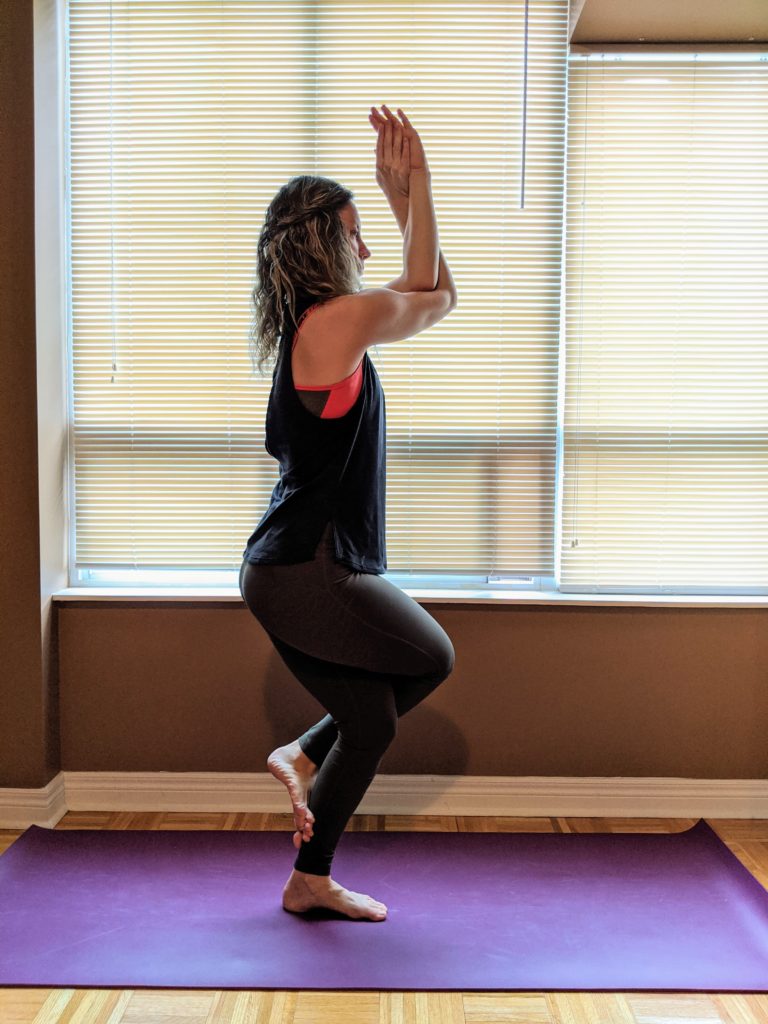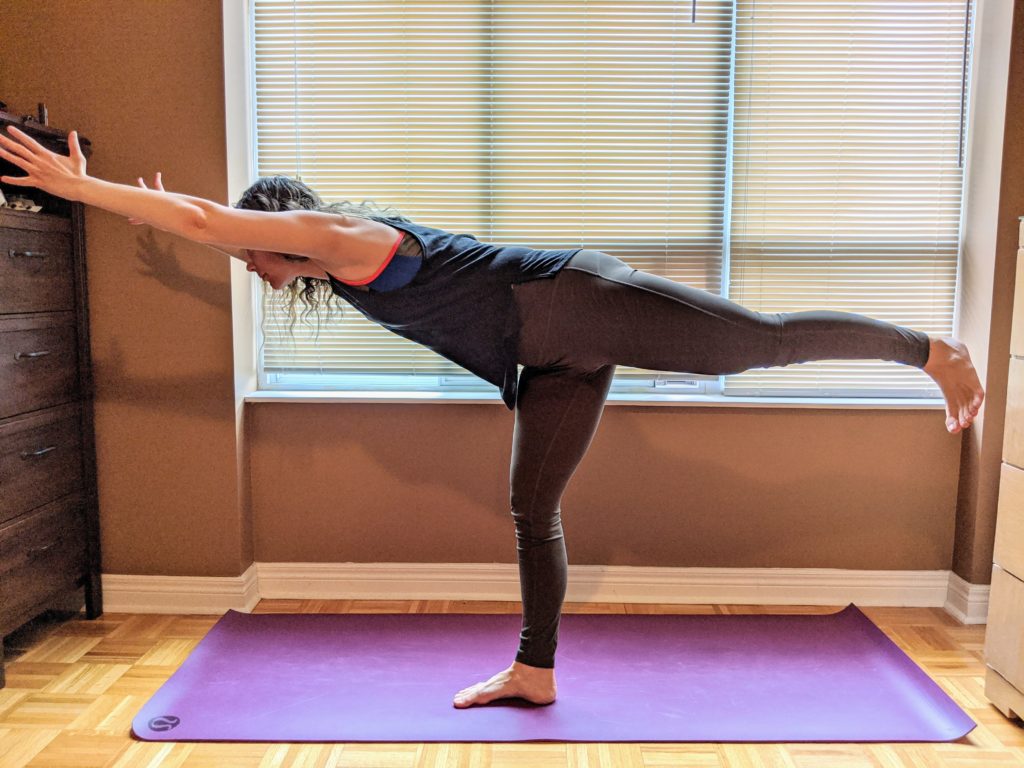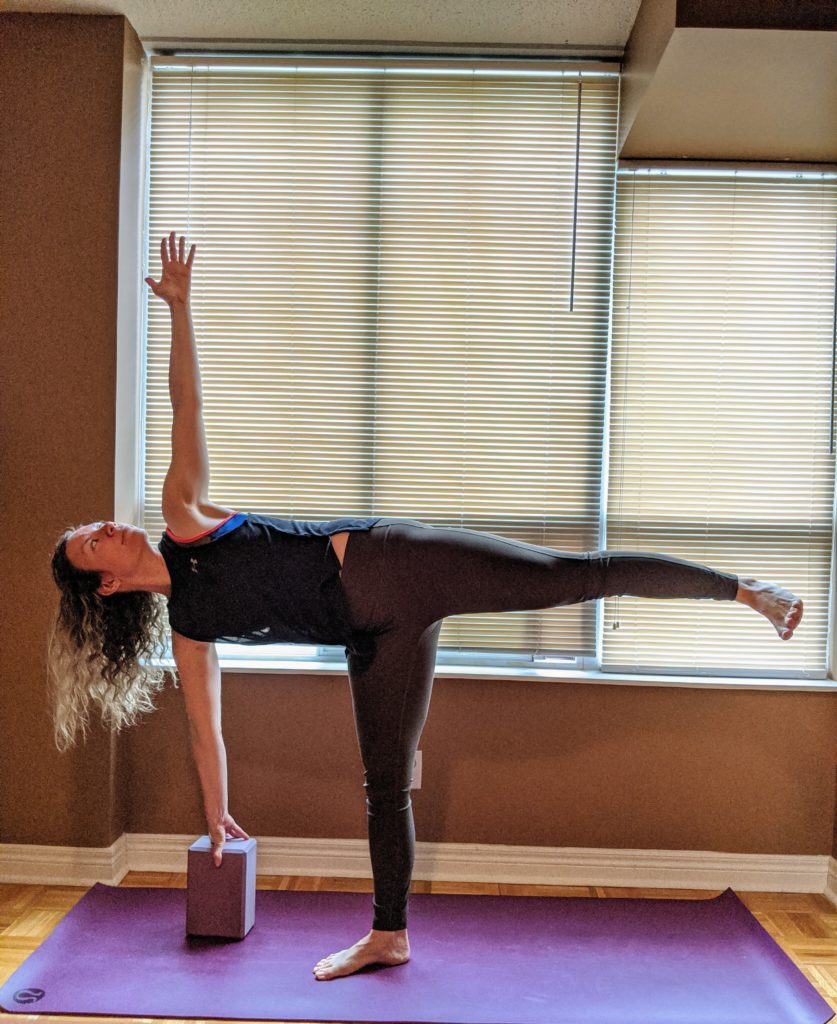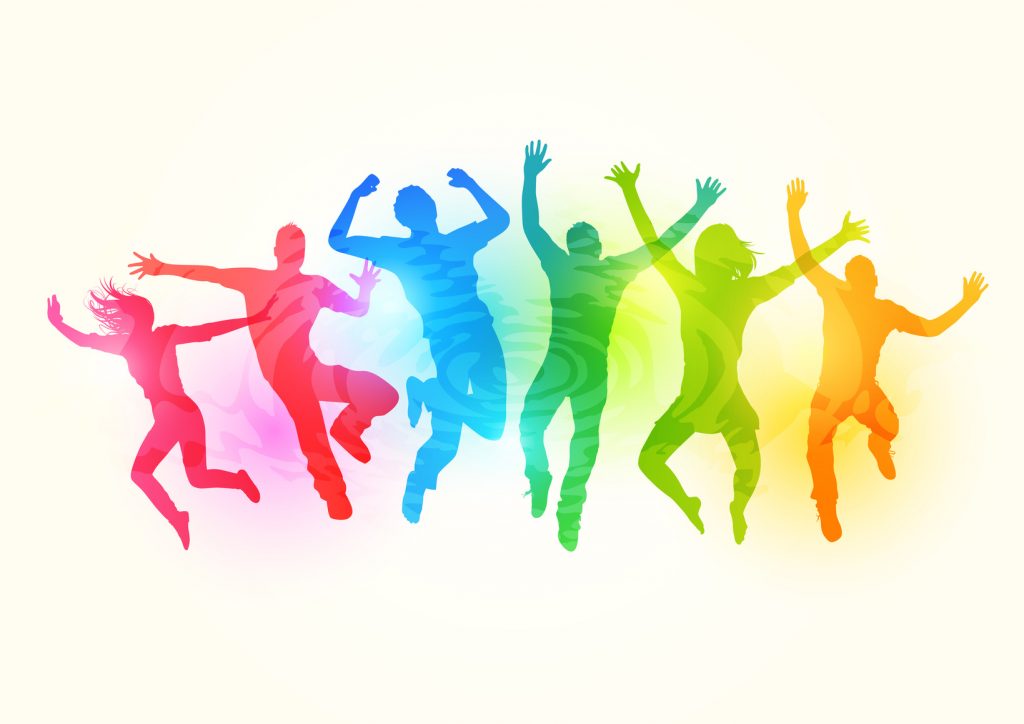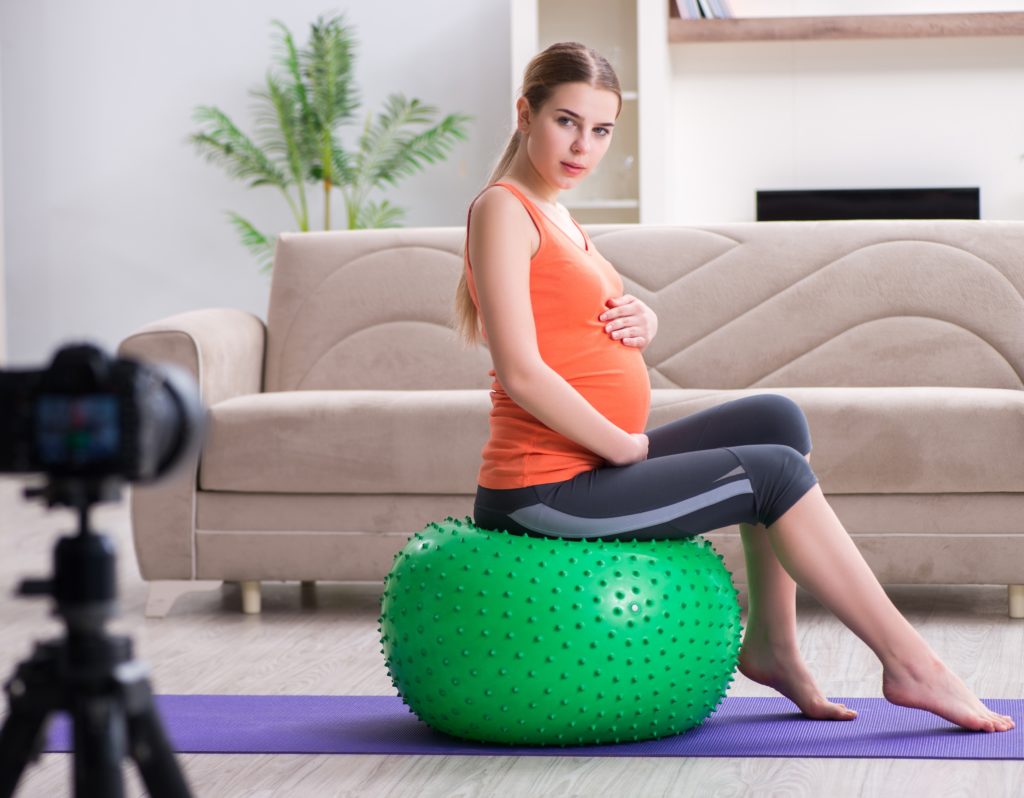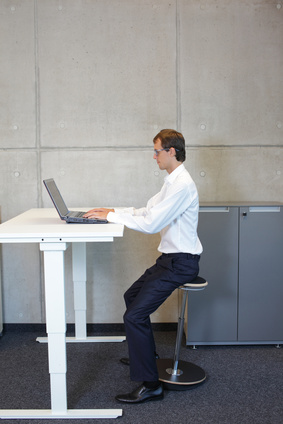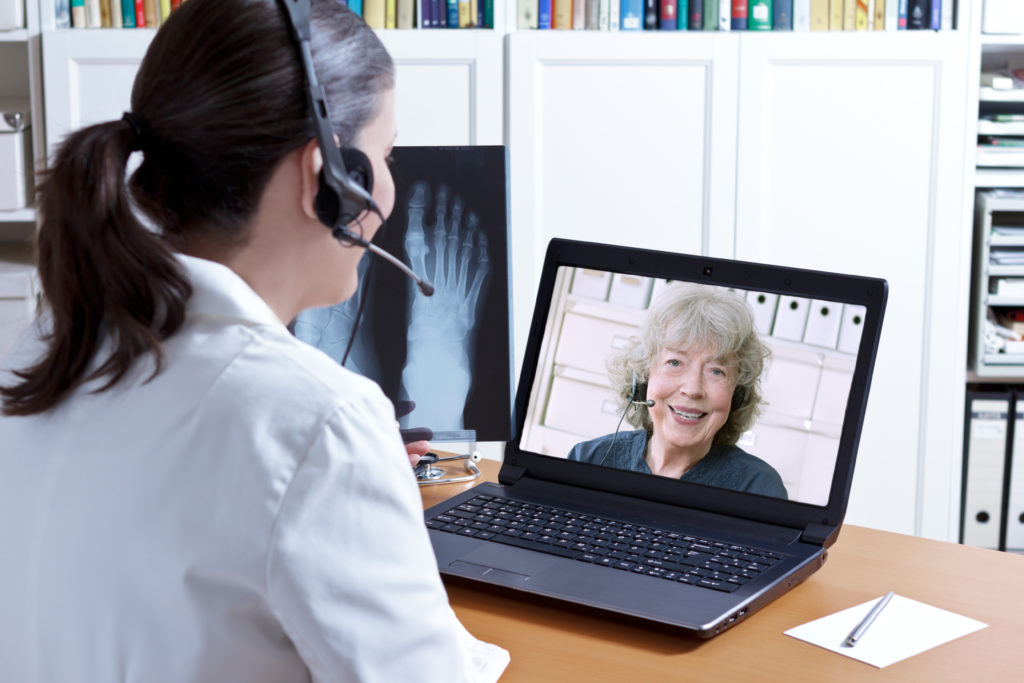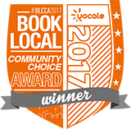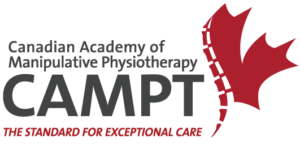Ever since social distancing has been enacted to prevent the spread of COVID-19, our Palermo team has been adapting to the “new normal” along with everybody else…
Everything we post is also our own way of coping 😊 Whether it’s making sure we keep moving, setting up our own workstations from home in order to begin Telehealth, prioritizing our sleep and stress management, meditating to ease our own stress and anxiety, or delving into other interests, such as yoga or gardening or writing or crafts!
There are things within and things outside of our control, so we are focusing on what we can control and accepting what we cannot.
That is, accepting the situation for what it is (and seeing the opportunities that may inadvertently have opened up as a result)
→ so we can move forward with life.
Part of that is establishing a “new normal” routine. Humans are creatures of habit and do well with a well-established routine (even if it needs shaking up once in a while). You may have already found your new routine amidst self-isolation and that’s great!
A question to ask yourself is whether or not this routine is incorporating stress-management and self-care so that you emerge from quarantine happy, healthy, and thriving?
For a lot of people this is a unique opportunity to start integrating more self-care into their lives precisely because while we are adapting to a new normal, our routine is already in a state of change and more flexible. Plus, for some there is a lot more free time!
What is self-care?
The official definition of self-care is: “the practice of taking action to preserve or improve one’s own health.” Specifically, “taking an active role in protecting one’s own well-being and happiness, in particular during periods of stress.”
This will look different from one person to another. We have different interests, different stressors, different jobs and schedules… there is no one-size-fits-all.
Self-care is something that refuels rather than drains you. It is something you enjoy doing, rather than something you feel you should do.
For example, you know exercise is good for you and you know you “should” exercise, but every minute spent on that stationary bike is torture! Every time you force yourself to do it, it’s a struggle.

Sure, sometimes we also procrastinate on doing the things we enjoy either because we don’t think they are a productive use of our time, or because we are too focused on the outcome rather than the process. But if you don’t even enjoy the process, then that particular thing is not refueling you.
Isn’t self-care selfish?
Short answer, no.
Long answer? Ever heard of the expression, “you can’t pour from an empty cup?”
All the human beings you take care of have emotional, mental, and physical needs. So do you.
If you’re always busy tending to theirs and never to yours, you become fatigued, unhappy, resentful. You are less present in their joy and accomplishments because your mind is running a mile a minute thinking of everything else that needs to get done.
But the problem is, that list will never end. So waiting until you “have” more free time is pointless. The moments with your family and friends are now, not tomorrow or next summer or next year.
The thing about time is you don’t “find” it or “create” it – you “prioritize” it. Yes, that means some other things have to fall off the list, or take a backseat. And that’s okay. Sometimes that priority list has to be reshuffled throughout different times of the year, and that’s okay too.
One of those things to prioritize is your self-care. When you come from a happier, healthier and more energized place, your actions carry more impact. You accomplish more and the people around you feel that you are happy, healthy, and energized. Mood is transmissible. Ever notice how when someone snaps at you because they’re in a bad mood, your good mood drains away and you snap back? And what’s an easy way to be in a bad mood? Feeling fatigued, unhappy, resentful.
Enter self-care!
So what does self-care look like?
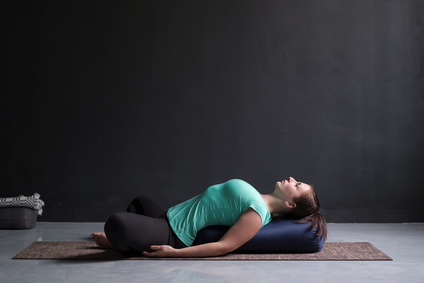
- Determine what you need. What would self-care look like for you? What do you enjoy doing? What do you find relaxing? What do you find helps you feel happy, healthy, or energized? It can be taking a long bath, going for a walk or a run, knitting, gardening, reading, meeting up (virtually) with certain friends, etc.
- How will this look? Is 1x week enough? Or 1x day? For how long? Is it going to work better in the morning or the evening?
- Self-care has to be planned. If you are to prioritize that time for yourself, you have to plan ahead and then protect that time when other things sneak up to say they’re important (“Oh, I need a ride.” “Oh, are you available at this time for a meeting?”). Work, family, and even friends will always have requests. Depending on the urgency of those requests, sometimes you have to reschedule. But when you plan ahead, unless something is an emergency, it would have also been planned ahead. At first, others may be annoyed with you saying “I am not available right now” but it’s because they’re not used to it! Give them time to adjust by letting them know in advance when you’re not available and then enforcing your protected time for yourself.
- Make sure you are also addressing other factors: enough sleep (and no, catching up on your sleep on weekends doesn’t count), a healthy diet, some form of exercise or movement (let it be something you actually enjoy!), and looking after your health (is there something you’ve been ignoring?)
Need ideas?
- Nutrition: make it a goal that you get at least thee servings of fruits & vegetables throughout the day and drink at least two full glasses of water. Look up a new recipe to try 1x week, bonus points if it is plant-based!
- Sleep: the average adult needs 7-9 hours of sleep. Do you feel refreshed enough not to have to hit snooze in the morning after 7 hours? Great. If not, then maybe experiment by going to bed half an hour earlier or waking up half an hour later.
- Movement: commit to a daily walk. Or a twenty-minute yoga practice in the morning before you start your day. Or doing your favourite exercise video three times per week.
- Nature: It has been shown that nature has a calming and even therapeutic effect. If a daily walk outside near greenery is not always feasible, then commit to getting at least some fresh air daily. Set a timer and sit on your balcony or in your backyard for 10-15 minutes.
- Relaxation: there are many different forms of meditation. There are breathing exercises. Journaling can also be a great tool. Or as mentioned above, even sitting in nature.
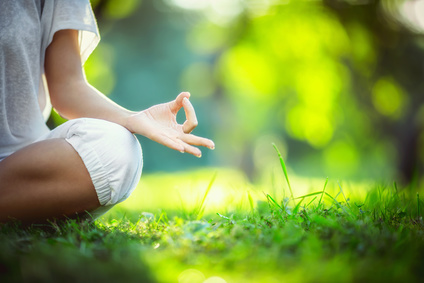
- Social connection: depending on your situation right now, this may not be easy. Maybe you are self-isolating alone. Maybe the people you live with are sometimes your biggest stressors. Maybe there are people you miss but cannot see right now. If you are alone, consider a daily phone-call with a friend or loved one, or a virtual hangout every Friday night for 1-2 hours. Maybe make every Saturday afternoon an activity day for the whole family. Make sure these are interactive rather than something like a movie night when no one is talking.
- Try a new hobby: something you’ve always been curious about but never had a time to try. Start small with no expectations of outcomes. It’s not about how good you get at it; it’s about enjoying it. It can be learning a language or an instrument. It can be drawing or crafting. Even if it’s one hour a week! Yes, finances may be tight right now and most businesses closed. But the internet has so much free content!
Tip: Don’t try too many things at once. Even one or two at a time is enough. Often, trying to add several things to our routine becomes stressful to integrate and balance. Just like everything else in life, it takes practice and tweaking until you find what works best for you. And remember, self-care is a routine, not a treat a few times per year!
In the meantime, if you are experiencing pain or have had an injury for a while that has been sitting on the backburner, let us know how we can help. Virtual sessions are now available! Most private insurance (benefits) companies now cover theses types of sessions.


